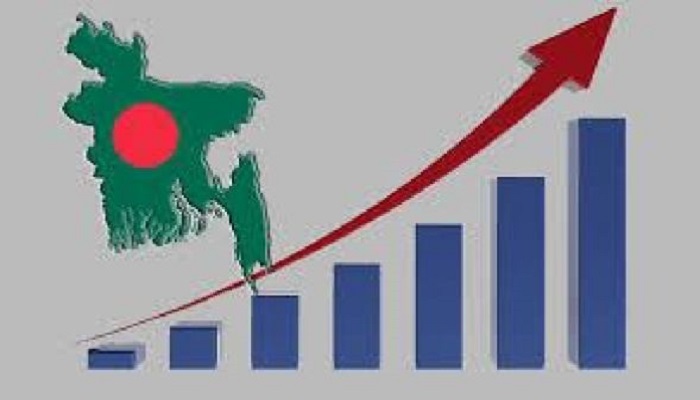Is Bangladesh ready to graduate from LDC status?
Md Shahjalal Hossain Sifat | Source : Daily Observer, 24 February 2025

Over the past few decades, Bangladesh has made tremendous strides in its economic and social development, despite once being a nation beset by poverty and natural calamities. According to the United Nations' 2021 recommendation, the country is on the verge of leaving the LDC category by November 2026, having graduated to it in 1975. While this is a significant milestone for the nation's development, the real question remains: is Bangladesh ready for the challenges that come with leaving the LDC status?
The United Nations classifies nations as LDCs based on three primary factors: income, human resources, and economic viability. Bangladesh has successfully met all the required thresholds. In terms of income, the country's per capita income reached US$2,684 in 2024, well above the threshold of US$1,306. On the human resources front, Bangladesh scored 77.5 points on the Human Capital Index, surpassing the UN target of 66, which reflects progress in education and healthcare. As for economic viability, the country's Economic Vulnerability Index stood at 21.9 points, below the 32-point threshold, showing resilience despite climate challenges. These accomplishments collectively strengthen Bangladesh's position in the push for graduation.
Bangladesh has experienced phenomenal economic growth over the past decade, with an average annual growth rate of 6-7%. This growth has been primarily driven by the Ready-Made Garment (RMG) sector, which has become the nation's largest export earner, second only to remittances from foreign workers. However, despite these successes, there remain numerous challenges that could hinder the nation's continued progress. One of the most significant challenges is the "middle-income trap." Despite rapid growth, Bangladesh faces stagnant productivity, limited new investments, and a lack of innovation in emerging technologies. Additionally, export growth has been sluggish, and there are high levels of income inequality, especially between urban and rural areas, leading to disparities in healthcare, education, and employment.
There is growing concern about the implications of the country's graduation from LDC status. Business leaders are particularly worried that the withdrawal of duty-free market access, combined with rising production costs, will make it more difficult for businesses to compete globally. Some have called for postponing the graduation to avoid a potential collapse of the export sector. However, the interim government remains committed to the 2026 timeline for graduation, emphasizing the importance of moving forward with the transition.
For Bangladesh to successfully navigate this transition, it will need to focus on several key areas. Human resource development is essential, as improving education and healthcare will help address disparities and boost productivity. Expanding investment and regional trade is also crucial to creating a conducive environment for foreign investment and partnerships. Additionally, Bangladesh must avoid falling into the middle-income trap by fostering innovation and productivity growth.
Strengthening diplomatic relations with friendly nations will also be important to secure preferential export deals and mitigate the impact of losing GSP benefits. In conclusion, Bangladesh's economic journey is at a critical juncture. While the country has made remarkable progress, it is now facing a series of challenges that will require bold reforms and strategic action. If Bangladesh can focus on export diversification, improving the investment climate, and ensuring stability in foreign exchange rates, it has the potential to successfully graduate from LDC status and establish itself as a middle-income country.
The writer is a student, Department of Accounting & Finance, School of Business & Economics , North South University